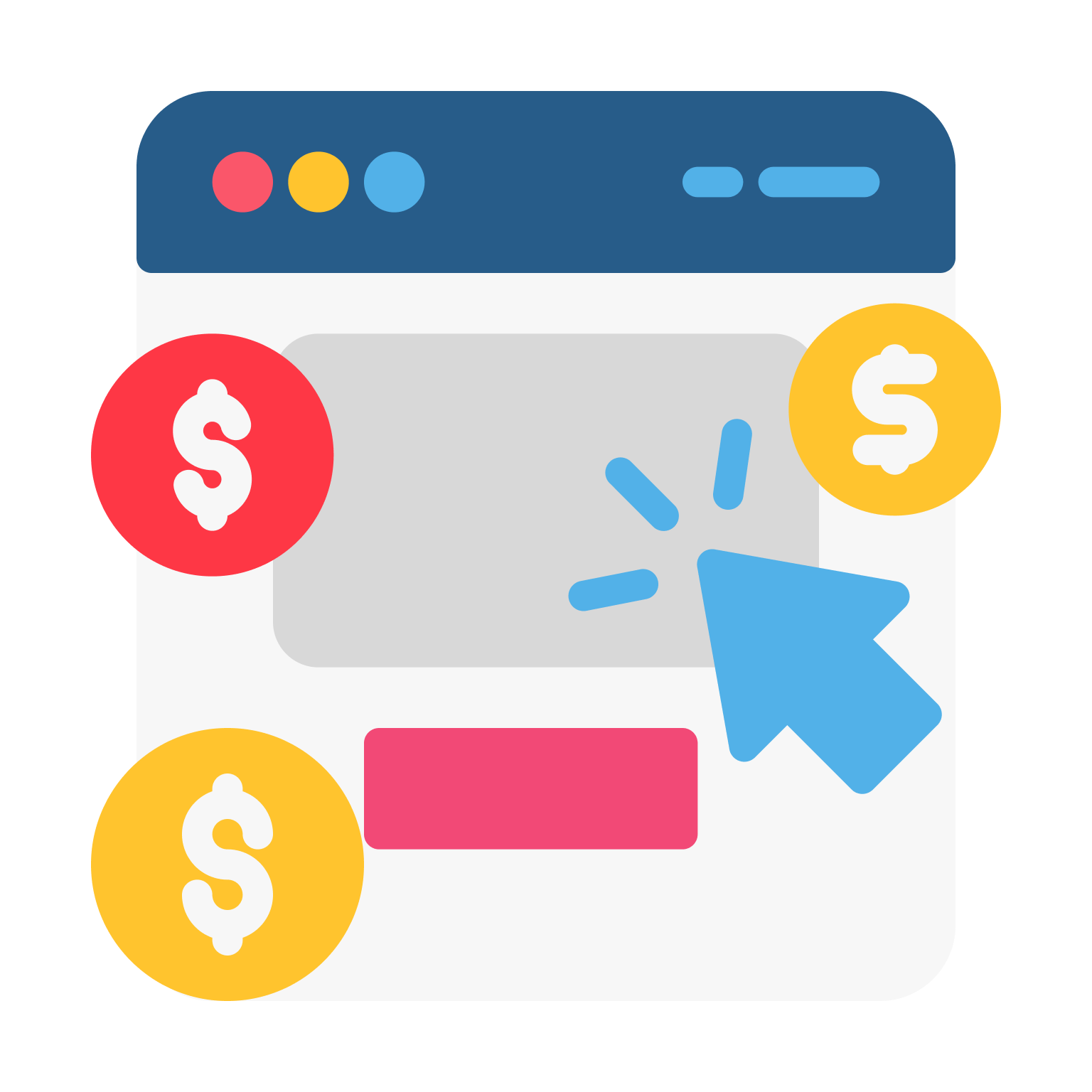In today’s digital world, the universal presence of smartphones has reshaped the way we interact with the world around us. From socializing to shopping, accessing information to managing daily tasks, mobile devices have become very quick and handy tools in our daily lives. In this dynamic environment, businesses recognize the immense potential of mobile applications as powerful avenues for engaging with their customers and enhancing their brand presence. Yet, amidst the excitement of harnessing the potential of mobile apps, a pressing question often looms large in the minds of clients and stakeholders: How long does it take to develop a mobile app? This query is not merely a matter of curiosity; it represents a fundamental aspect of project planning, resource allocation, and strategic decision-making for businesses venturing into the realm of mobile app development.
At SRH Softwares, we comprehend the significance of this question and its implications for our clients’ endeavors. As a leading software development company, we are committed to providing clarity and insights into the intricacies of mobile app development timelines. By understanding the various factors that influence the duration of the development process, we empower our clients to make informed decisions and embark on their app development journey with confidence. From conceptualization to deployment, the development timeline of a mobile app is shaped by a myriad of factors. These factors encompass the complexity of features desired, the intricacies of design requirements, the platform(s) targeted for deployment, and the extent of integration with third-party services. Each of these elements introduces its unique set of challenges and considerations, thereby exerting a distinct impact on the overall timeframe of the project.
Development Process
1. Planning and Research:This phase involves defining the app’s purpose, target audience, features, and functionalities. Market research and competitor analysis also play a vital role in this stage.
2. Design: User interface (UI) and user experience (UX) design are crafted to ensure seamless navigation and a visually appealing interface.
3. Development: Developers bring the design to life by coding the app, integrating features, and ensuring compatibility across various devices and operating systems.
4. Testing: Rigorous testing is conducted to identify and rectify any bugs or glitches, ensuring the app performs seamlessly.
5. Deployment: Once the app is thoroughly tested and approved, it is released to the respective app stores for users to download and install.
Factors Influencing Development Timeframe:
The development timeline of a mobile app can be influenced by a multitude of factors. Understanding these factors is essential for stakeholders to gain insight into the complexities involved in the development process. Here’s a detailed explanation on the various factors that can impact the time required to develop a mobile app:
Complexity of Features: The development timeline for a mobile app is profoundly impacted by the intricacy of its features. Basic apps with standard functionalities may require relatively less time to develop compared to feature-rich applications with complex features. Features such as real-time synchronization, AI integration, or sophisticated algorithms demand extensive coding, testing, and optimization, thus elongating the development process. Additionally, the thorough planning and implementation of intricate features necessitate meticulous attention to detail and careful coordination among development teams, contributing further to the time investment required for development.
Platform: The choice of platform(s) for app deployment significantly influences the development timeline. Developing an app for a single platform, such as iOS or Android, is generally more time-efficient than building for multiple platforms simultaneously. Each platform comes with its unique set of requirements, guidelines, and development frameworks, necessitating tailored approaches for optimal performance and user experience. Moreover, platform-specific nuances and compatibility issues must be addressed, adding complexity and extending the overall development timeline.
Design Requirements: The design phase of mobile app development plays a crucial role in shaping the user experience and visual appeal of the app. Elaborate UI/UX designs and intricate animations enhance the app’s aesthetics and usability but also prolong the development timeline. Designing intuitive interfaces, crafting seamless navigation flows, and ensuring consistency across various screen sizes and devices demand thorough planning, iteration, and refinement, contributing to the time-intensive nature of the design process.
Integration with Third-Party Services: Many mobile apps rely on integration with third-party services such as payment gateways, social media platforms, or APIs to enhance functionality and user experience. Integrating these services requires thorough testing, troubleshooting, and ensuring compatibility with the app’s architecture, thereby extending the development timeline. Moreover, coordinating with third-party providers, implementing security measures, and complying with API documentation further add to the complexity and duration of integration efforts.
Testing and Quality Assurance: Ensuring the reliability, performance, and security of a mobile app necessitates comprehensive testing and quality assurance processes. The complexity of the app and the extent of its features directly impact the testing effort required. Thorough testing across various devices, platforms, and user scenarios is essential to identify and address potential bugs, glitches, or performance issues, thereby ensuring a seamless user experience. Additionally, rigorous quality assurance measures, such as code reviews, automated testing, and user acceptance testing, contribute to the overall development timeframe but are indispensable for delivering a high-quality, bug-free app.
Client Feedback and Revisions: The iterative nature of the development process often entails receiving feedback from clients and stakeholders, leading to revisions and refinements throughout the project lifecycle. While incorporating client feedback enhances the app’s usability and aligns it with stakeholder expectations, it also extends the development timeline. Iterative cycles of design iterations, feature enhancements, and usability testing require effective communication, collaboration, and flexibility to accommodate changes without compromising project timelines. Balancing the need for client satisfaction with project deadlines is essential for ensuring successful project outcomes and client satisfaction.
At SRH Softwares, we recognize the complexity inherent in estimating the precise timeframe for mobile app development. This challenge arises from the myriad of variables and intricacies involved in the development process, ranging from the project’s scope and complexity to external factors such as platform requirements and integration with third-party services. Despite this inherent uncertainty, we believe in empowering our clients with insights and understanding to navigate the development journey effectively. By comprehensively understanding the development process and the various factors that influence project timelines, our clients can gain valuable insights into the expected timeframe for their mobile app project. Through transparent communication and collaboration, we work closely with our clients to assess their unique requirements, define project goals, and outline a realistic development timeline that aligns with their objectives.
Our experienced team of developers at SRH Softwares is dedicated to delivering high-quality mobile apps within reasonable timeframes. Leveraging our expertise, innovation, and industry best practices, we strive to streamline the development process, minimize inefficiencies, and ensure timely project delivery. We recognize that each project is unique, and we tailor our approach to meet the specific needs and preferences of our clients, delivering solutions that exceed their expectations. Our commitment to client satisfaction is paramount, and we place a strong emphasis on open communication, responsiveness, and proactive problem-solving throughout the development lifecycle. By fostering a collaborative partnership with our clients, we aim to cultivate a deep understanding of their vision, goals, and priorities, enabling us to deliver tailored mobile app solutions that drive success in the digital landscape.



























